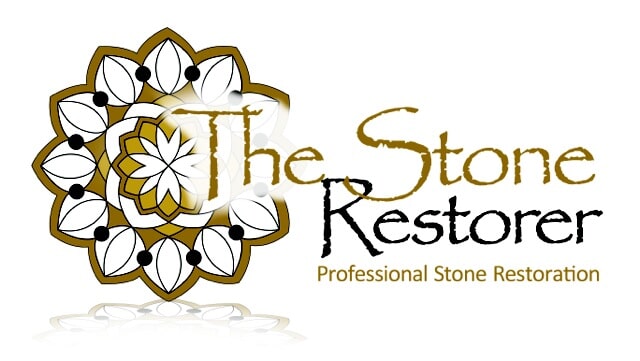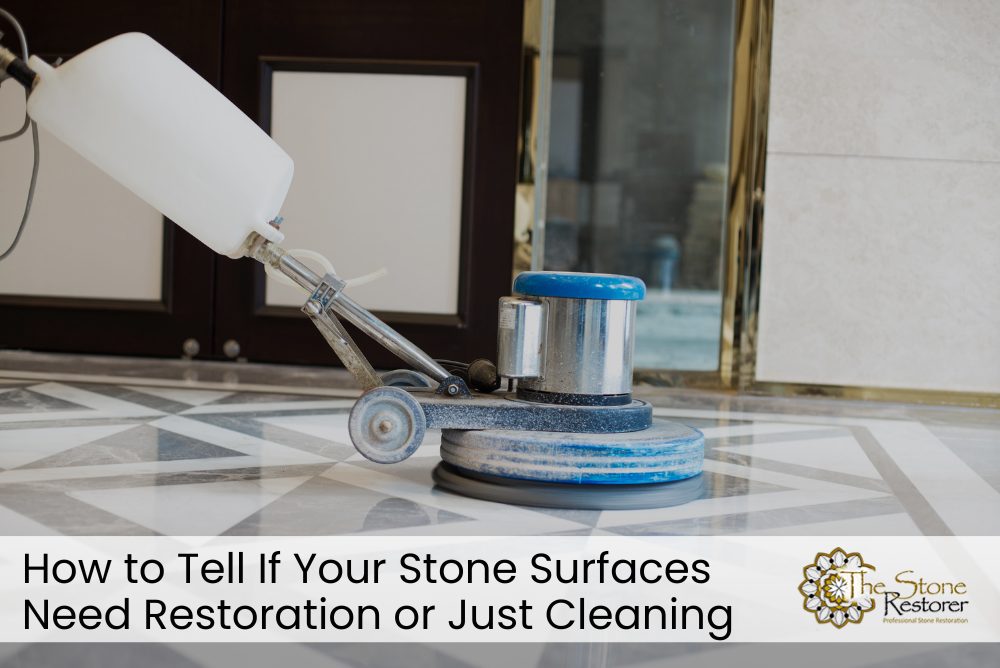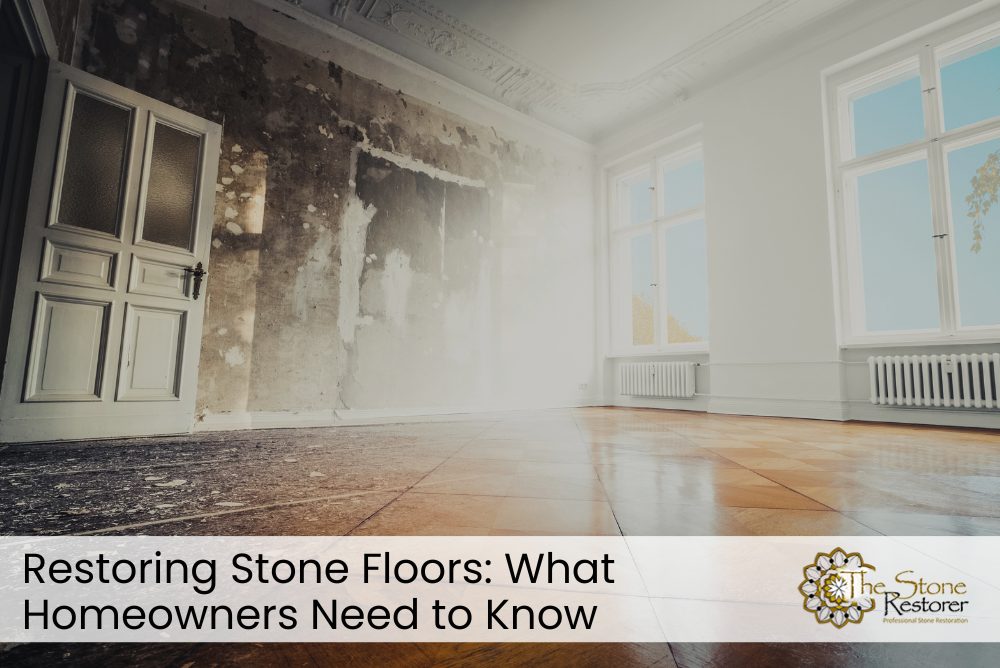Limestone, a staple in both historical and modern architecture, demands specific care to maintain its aesthetic and structural integrity. From iconic heritage buildings to contemporary homes, limestone plays a crucial role in various construction projects due to its versatility and natural beauty. However, its susceptibility to damage from environmental elements and human activity calls for specialised stone restoration techniques. This article delves into the best practices for limestone repair and restoration, ensuring your stone surfaces stand the test of time.
Understanding Limestone and Common Damages
Limestone is a sedimentary rock primarily composed of calcite, a form of calcium carbonate. Its formation from marine organisms’ skeletal fragments gives it unique properties but also makes it vulnerable. Common damages to limestone include erosion, staining, and physical abrasions.
Similar challenges are faced by owners of granite tiles, who often struggle with stain removal. Learning how to remove stains from natural granite tiles can provide insights into maintaining other types of natural stone surfaces as well, ensuring their longevity and preserving their natural beauty.
Erosion and Weathering
Prolonged exposure to acid rain and pollutants can cause limestone to wear away, a process known as erosion. This deterioration not only affects the stone’s appearance but can also weaken its structure.
Stains and Discolouration
Limestone is porous, making it prone to staining from liquids. Whether it’s red wine on a kitchen counter or oil in a driveway, stains can detract from the stone’s natural beauty.
Physical Abrasions
Foot traffic, landscaping activities, and improper cleaning techniques can scratch and abrade limestone surfaces, leading to a lackluster appearance.
Professional Assessment and Cleaning Techniques
Before any restoration work begins, a thorough assessment by a stone restoration professional is essential. This evaluation helps determine the extent of damage and the best course of action for repair.
For those looking to preserve the elegance of their natural marble tiles, employing professional cleaning techniques can significantly enhance the longevity and aesthetics of these surfaces.
Repair Techniques for Chipped and Cracked Limestone
Minor chips and cracks in limestone can often be filled with color-matched epoxy resins, which provide both aesthetic and functional benefits. For more significant damage, a process known as piecing in, where a matching piece of limestone is expertly shaped and attached, may be necessary.
Polishing is an essential step in the restoration process, particularly for limestone floors that have undergone repair. Implementing the best techniques for polishing natural limestone floors not only restores their shine but also protects them from further damage.
Sealing and Protective Treatments
Sealing limestone is crucial for protecting it from stains and moisture. Sealants penetrate the stone’s pores, creating a barrier that repels water and oils.
Preventative Maintenance
Regular maintenance, including proper cleaning and periodic resealing, can significantly extend the life of limestone surfaces. Avoiding harsh chemicals and abrasives preserves the stone’s natural finish.
Limestone Restoration: Case Study
A notable case of limestone restoration involved the restoration of a heritage building in Sydney, where decades of urban pollution had severely tarnished its facade. Specialists used a combination of steam cleaning and gentle, chemical treatments to remove the soot and pollutants without damaging the underlying stone. The project not only restored the building’s aesthetic appeal but also helped preserve its structural integrity for future generations.
FAQs on Limestone Restoration
1) What is the best way to prevent limestone damage?
Preventing limestone damage effectively begins with regular maintenance, which includes the immediate cleanup of any spills to prevent staining and water damage. Since limestone is a porous material, liquids can quickly seep in, causing discoloration or weakening of the stone over time. Utilizing coasters, trivets, and mats can significantly reduce the risk of etching or scratches caused by everyday items such as glasses, hot dishes, and abrasive objects. Additionally, it’s beneficial to keep limestone surfaces dry and clean using soft cloths or mops and to avoid acidic cleaning agents that can erode the stone. Scheduled inspections to check for early signs of wear and tear can also help in taking timely preventive measures, ensuring the longevity and pristine appearance of limestone installations.
2) How often should limestone be sealed?
The frequency of sealing limestone depends largely on the stone’s level of exposure to wear and usage. In environments where limestone is subjected to heavy traffic or frequent spills, such as kitchens or public areas, it may need to be sealed as often as every one to two years. Sealing provides a protective barrier that repels water and oil-based substances, making it easier to clean the stone while protecting it from stains. For areas with less traffic or wear, sealing might be required less frequently. It’s essential to use a high-quality sealant suited for limestone and to follow the manufacturer’s guidelines for application. Regular assessment of the sealant’s effectiveness, looking for signs of moisture absorption or staining, can help determine the appropriate resealing schedule.
3) Can DIY methods be effective for limestone restoration?
DIY methods can be effective for routine limestone maintenance and minor restorations, such as light cleaning and polishing. Homeowners can use specially formulated stone cleaners to keep limestone surfaces clean without damaging them. However, for more significant restoration tasks, such as repairing cracks, removing deep stains, or resealing the stone, professional expertise is advisable. Professionals have the tools, techniques, and experience to restore limestone effectively, ensuring that the restoration enhances the stone’s durability and appearance without causing further damage. While DIY methods can maintain the stone’s condition, significant restorations should be handled by experts to avoid costly mistakes and ensure long-term preservation.
4) What are the signs that limestone needs professional restoration?
Limestone may require professional restoration when visible signs of wear and tear become apparent. Discoloration, dullness, and an overall lackluster appearance can indicate that the surface needs professional cleaning or polishing. Physical signs such as cracks, chips, or deep scratches also signify the need for professional care. In cases where limestone has become uneven or loose, it poses a safety risk, and restoration is crucial to prevent further damage and ensure structural stability. Additionally, if previous attempts at cleaning or DIY repairs have not resolved the issues, or if the stone’s condition continues to deteriorate, these are clear indicators that professional restoration services are needed to return the limestone to its original condition.
5) How does professional limestone restoration differ from regular cleaning?
Professional limestone restoration goes beyond regular cleaning by addressing both aesthetic and structural issues that cannot be resolved through daily maintenance routines. Restoration may involve several steps including deep cleaning, stain removal, crack and chip repair, grinding to level the surface, honing to remove scratches, and polishing to restore shine. Professionals also employ techniques to rebalance the stone’s pH levels, essential for preventing future deterioration. Unlike regular cleaning, which removes surface dirt and minor stains, restoration targets deeper, more ingrained problems that affect the limestone’s integrity and appearance. Professional restorers use specialized equipment and products designed specifically for limestone, ensuring that the restoration process is thorough and enhances the stone’s durability and beauty.
The Future of Limestone Restoration
As technology advances, so do the techniques for limestone restoration. Innovations in sealants and more effective cleaning solutions are continually being developed, offering better protection and easier maintenance for limestone surfaces.
As we look to the future, these advancements promise to make limestone restoration more efficient and effective, ensuring that this age-old material continues to leave a lasting impression in architecture and design. For expert advice on maintaining and restoring your stone surfaces, visit The Stone Restorer.
Give us a call today at 0414 469 301 or ask us for a fast free quote on your tile cleaning or restoration project






